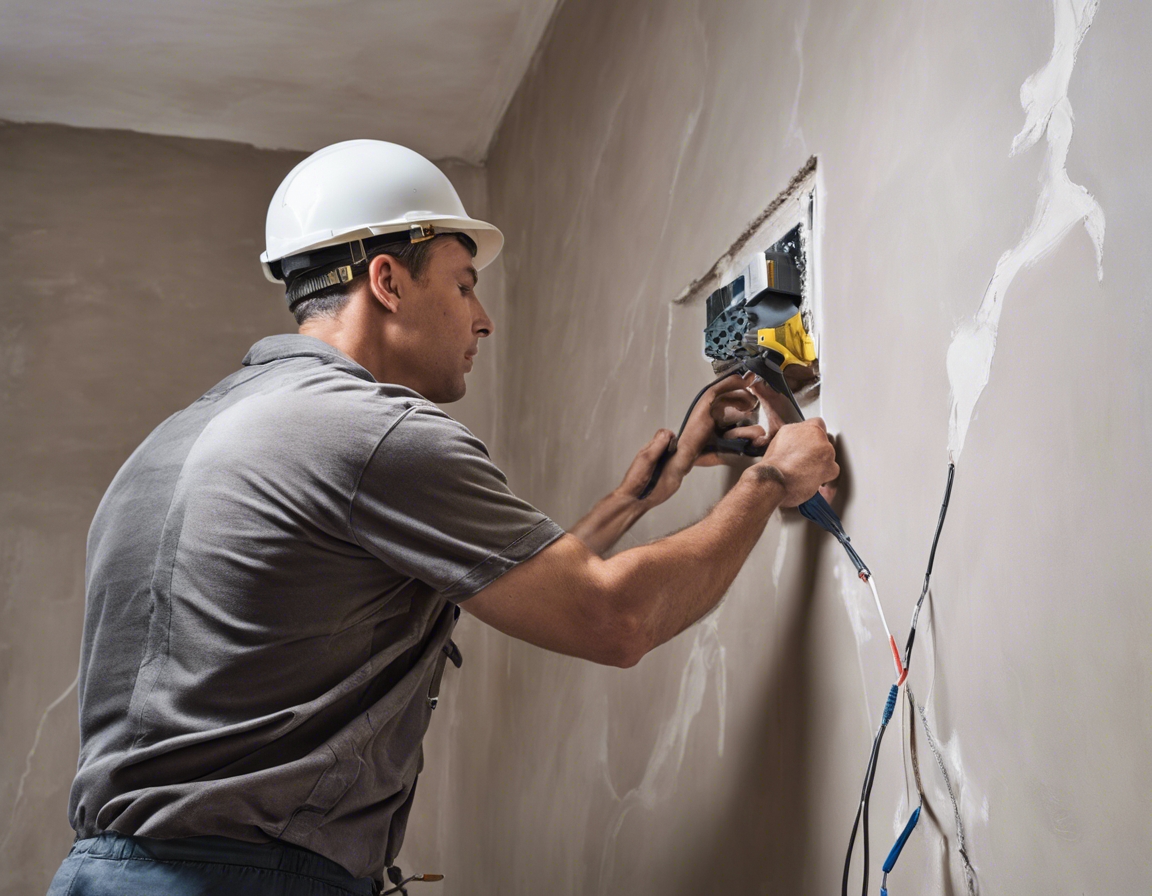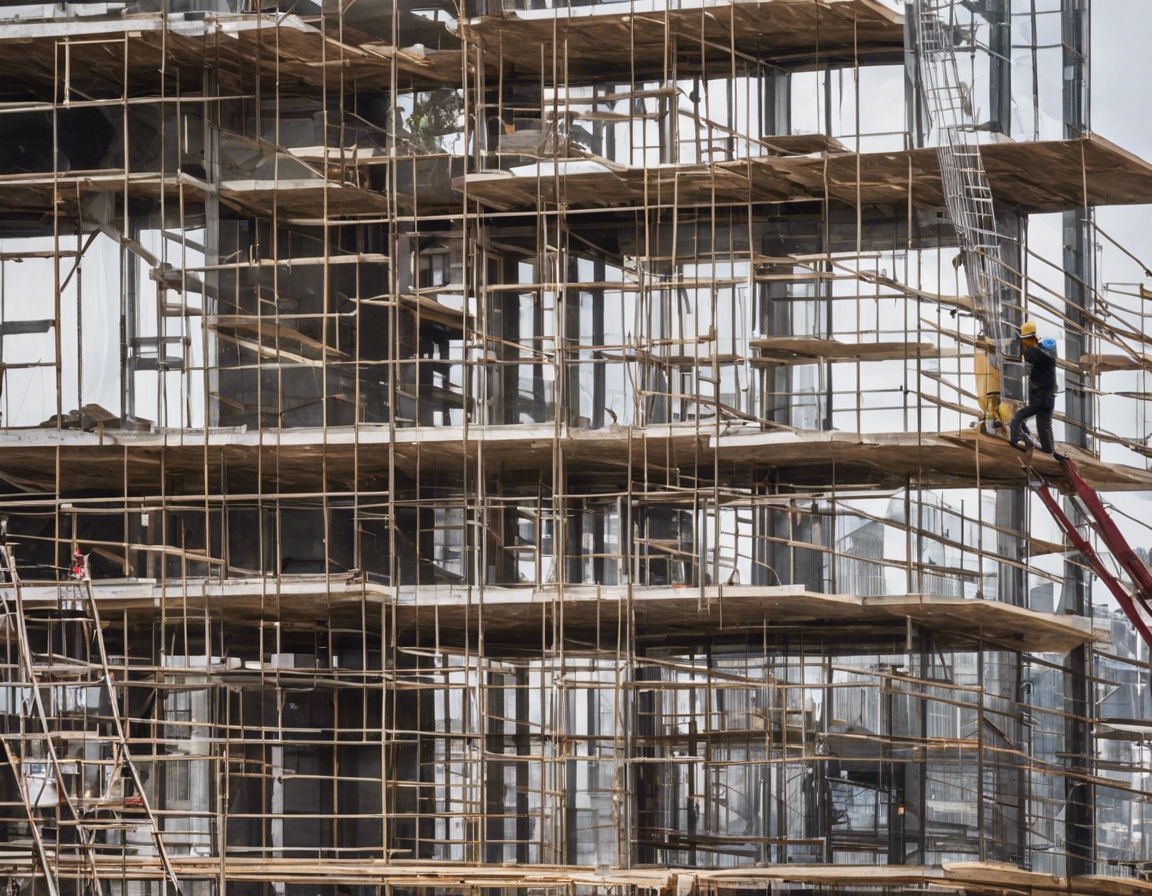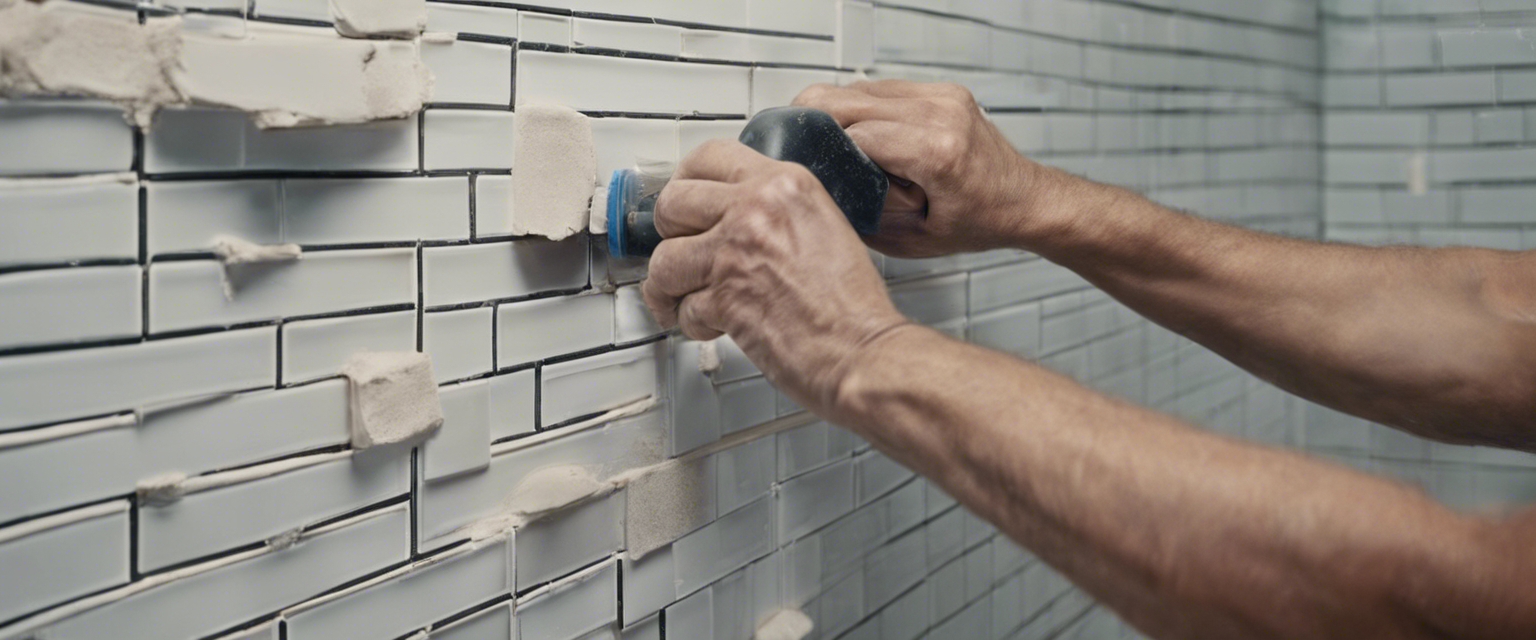5 trends shaping the future of interior finishing
The world of interior finishing is constantly evolving, with new trends emerging that reflect changes in technology, environmental concerns, and lifestyle needs. As we look to the future, several key trends are set to shape the way we think about the final touches that turn a house into a home. In this post, we'll explore five trends that are poised to influence interior finishing in the coming years.
1. Sustainable and Eco-Friendly Materials
As environmental awareness increases, so does the demand for sustainable and eco-friendly materials in interior finishing. Homeowners and developers are seeking out options that not only look good but also have a minimal impact on the planet.
Reclaimed wood has become a popular choice for flooring, wall paneling, and even furniture. Its unique character and history bring a warm, rustic charm to any space, while also being an environmentally responsible choice.
Low-VOC (volatile organic compounds) paints and finishes are gaining traction as they reduce indoor air pollution and are safer for both the environment and the inhabitants of the space.
Natural fiber textiles, such as linen, cotton, and wool, are being chosen for their sustainability and biodegradability, as well as their comfort and aesthetic appeal.
2. Technological Integration
Technology is becoming increasingly integrated into our living spaces, and interior finishing is no exception. From materials to functionality, technology is enhancing the way we interact with our environments.
Smart home systems are being seamlessly incorporated into interior designs, allowing for automated control of lighting, temperature, and security.
New materials that are stronger, lighter, and more versatile are being developed, offering enhanced durability and design possibilities.
3. Minimalist Design with Personalized Touches
The minimalist design continues to be popular, but with a growing trend towards personalization. Homeowners are looking for ways to make minimalist spaces their own.
Minimalist design emphasizes clean lines, uncluttered spaces, and a monochromatic color palette, creating a sense of calm and order.
Customized details such as bespoke furniture, unique lighting fixtures, and personalized art pieces allow for self-expression within the minimalist framework.
4. Multifunctional Spaces
The demand for multifunctional spaces is on the rise, driven by the need for homes to accommodate various activities such as working, exercising, and entertaining.
Flexible layouts that can be easily adapted to different uses are becoming essential, with movable walls and convertible furniture gaining popularity.
Innovative storage solutions are key to maintaining the aesthetic of multifunctional spaces, ensuring that they can be quickly and easily reorganized.
5. Health and Wellness Focus
There is a growing emphasis on creating spaces that support health and wellness, with interior finishing playing a crucial role.
Incorporating natural elements into interiors, such as plants, water features, and natural light, is a trend that promotes well-being and a connection to nature.
Features that enhance air quality, such as advanced ventilation systems and air-purifying plants, are becoming standard in new interior designs.






Comments (0)